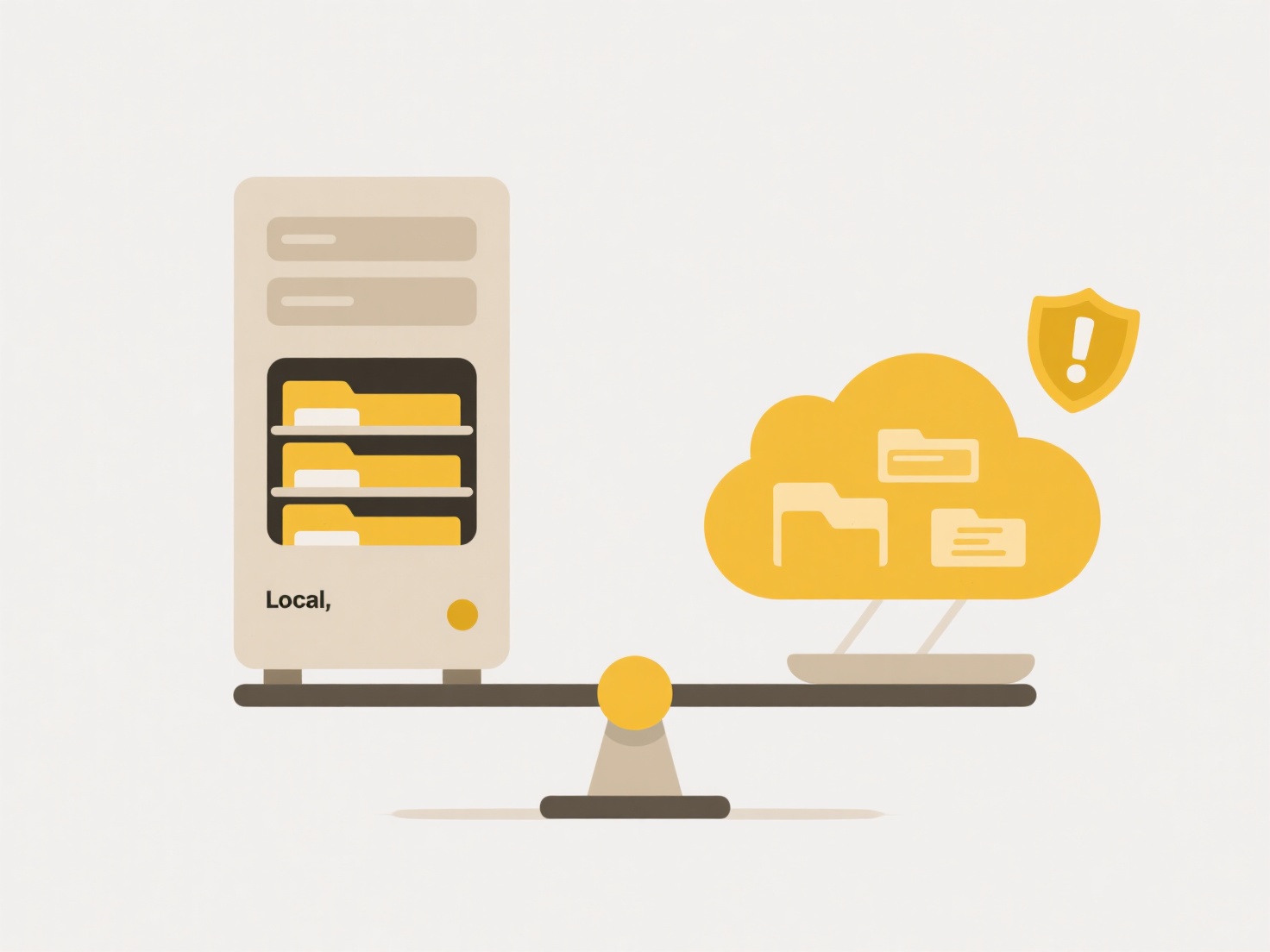
Embedding a shared document means inserting a live link or viewer of that document directly into a different file or platform. This creates a dynamic connection; unlike copying and pasting static content, the embedded view automatically displays the latest version of the source document wherever it appears. Access permissions set on the original document typically govern who can see the embedded content.
For instance, you might embed a shared Google Sheet data summary directly within a Confluence page to ensure project reports always show current figures. Similarly, a shared Microsoft PowerPoint presentation could be embedded onto a company intranet homepage using an iframe, allowing employees to view the latest slides without leaving the site. These practices are common in collaborative tools like Office 365, Google Workspace, and wikis like Confluence.

Key advantages include automatic updates, centralized content management, and preserving formatting and interactivity. However, limitations involve dependency on internet access to view the source, potential latency for updates, and complexities in managing permissions consistently. Care must also be taken to avoid exposing sensitive data unintentionally through the shared access link. Future integration is expected to offer richer collaboration within embedded views.
How do I embed a shared document in another file?
Embedding a shared document means inserting a live link or viewer of that document directly into a different file or platform. This creates a dynamic connection; unlike copying and pasting static content, the embedded view automatically displays the latest version of the source document wherever it appears. Access permissions set on the original document typically govern who can see the embedded content.
For instance, you might embed a shared Google Sheet data summary directly within a Confluence page to ensure project reports always show current figures. Similarly, a shared Microsoft PowerPoint presentation could be embedded onto a company intranet homepage using an iframe, allowing employees to view the latest slides without leaving the site. These practices are common in collaborative tools like Office 365, Google Workspace, and wikis like Confluence.

Key advantages include automatic updates, centralized content management, and preserving formatting and interactivity. However, limitations involve dependency on internet access to view the source, potential latency for updates, and complexities in managing permissions consistently. Care must also be taken to avoid exposing sensitive data unintentionally through the shared access link. Future integration is expected to offer richer collaboration within embedded views.
Quick Article Links
Should I deduplicate before or after backup?
Deduplication removes redundant data copies to conserve storage space and bandwidth. When performed before backup ("sour...
Can I deduplicate compressed folders or archives?
Deduplication typically targets either identical archive files (byte-for-byte) or duplicates within uncompressed content...
How can I tag or label photos for easier searching?
How can I tag or label photos for easier searching? Efficient photo management often involves applying descriptive key...